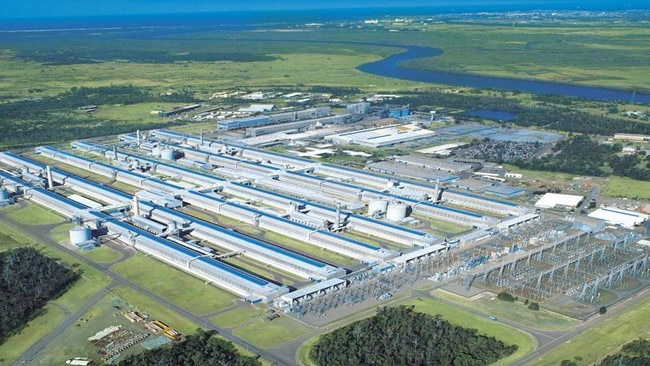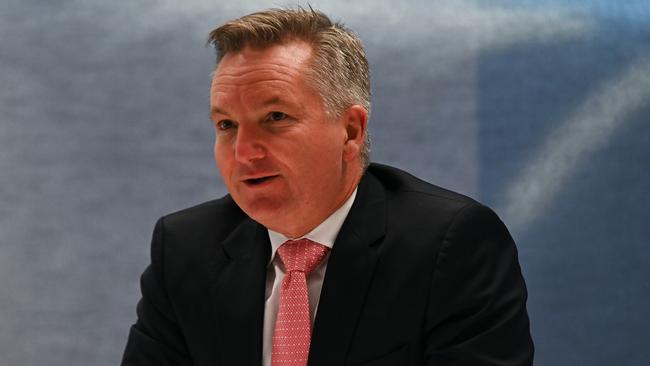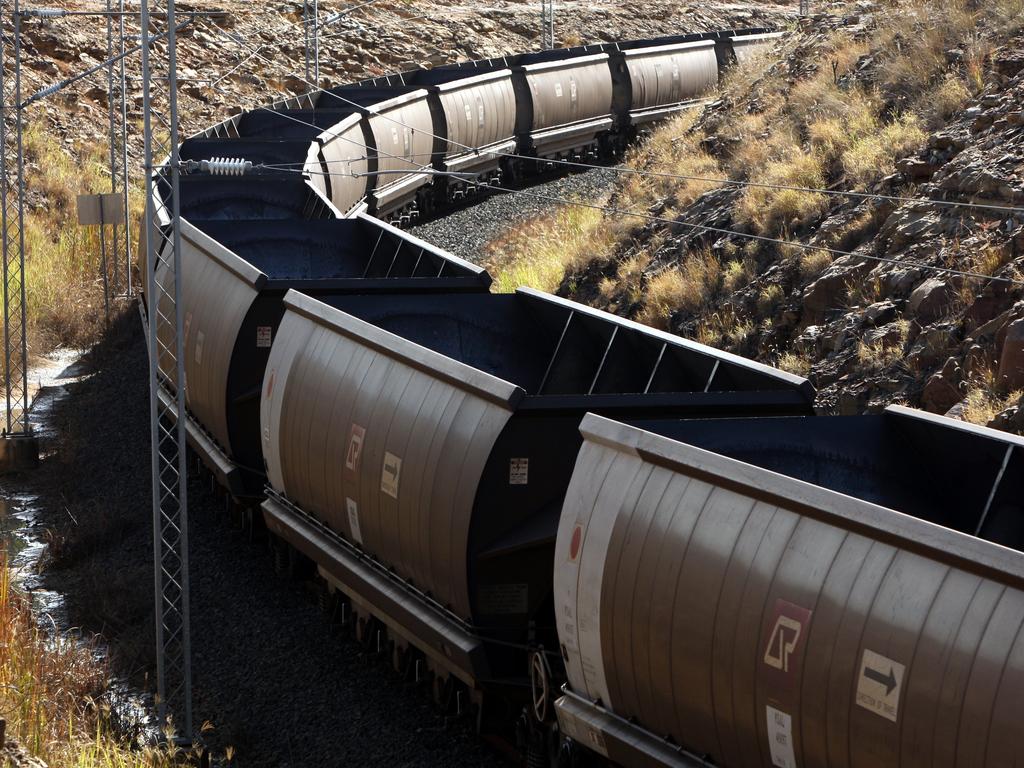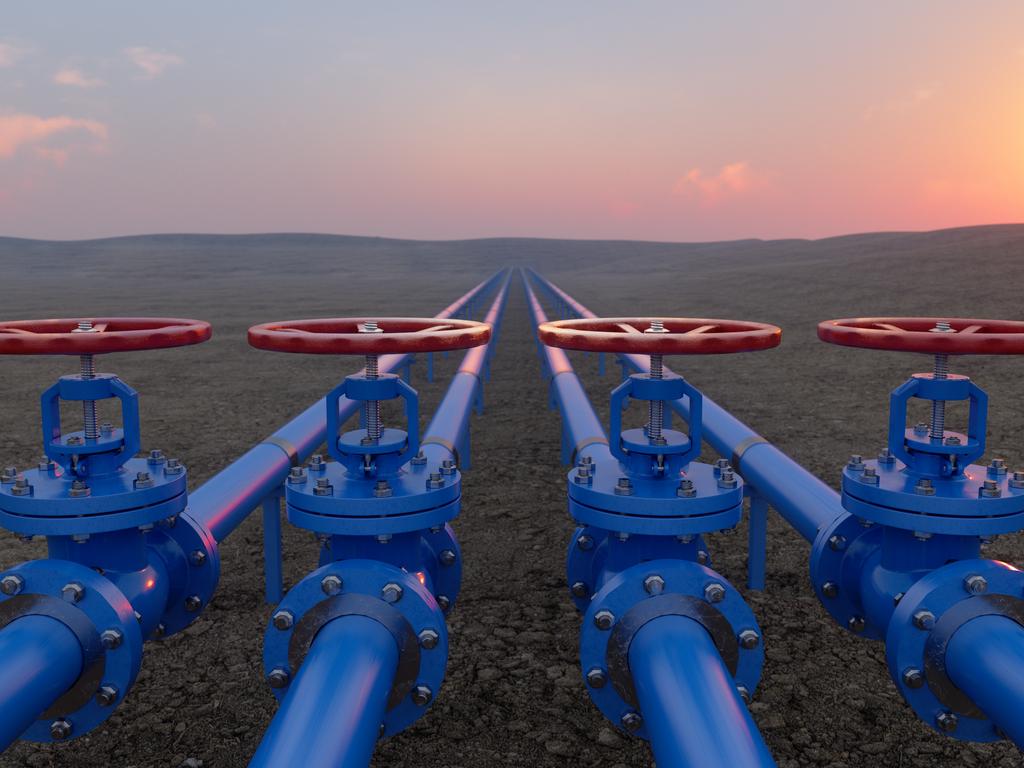Labor’s safeguard mechanism faces trade exposure test: Reputex
Labor plans to tighten the baseline for the safeguard mechanism, which would force the biggest industrial emitters to reduce their carbon footprint more steeply by July 2023.

The federal government’s safeguard mechanism policy faces a challenge to determine the treatment for emissions-intensive and trade-exposed industries with broad exemptions potentially undermining climate change goals, consultancy Reputex says.
Labor plans to tighten the baseline for the safeguard mechanism, its signature climate change policy, which would force the 215 biggest industrial emitters to reduce their carbon footprint more steeply.
While the details of proposed changes have yet to be announced by Energy Minister Chris Bowen, current definitions suggest nearly 80 per cent of covered emissions and over half or 118 of all safeguard facilities could be classified as emissions intensive and trade-exposed industries. The new policy will begin in July 2023.
“Exemptions for these facilities, such as loosening emissions accountability, could undermine Australia’s low-carbon transition, while placing a heavier burden of compliance on domestic, non- trade-exposed industries such as domestic airlines and domestic gas – many of which are themselves from ‘hard-to-abate’ sectors where key technology gaps remain to reduce emissions,” Reputex said in a report commissioned by the Carbon Market Institute.
The current safeguard mechanism applies to companies producing more than 100,000 tonnes of carbon emissions annually.
Previous Reputex modelling carried out for the ALP says that from 2023-24 the cap on emissions would reduce by five million tonnes a year, reaching net zero by 2050. Importantly, there would continue to be tailored treatment for trade-exposed industries.
Industry assistance may be built into the scheme design, according to Reputex, which said where a site-specific scheme is established, each facility would be accountable where its emissions are higher than its baseline.

Australia’s greenhouse gas emissions increased in 2021 as the removal of Covid restrictions triggered a rebound in pollution levels from the transport, manufacturing and gas sectors which offset falls from electricity generation.
While both major parties have a net zero emissions by 2050 goal, Labor plans to lower Australia’s emissions by 43 per cent of 2005 levels by 2030 while the Coalition has pledged to cut emissions by 26 to 28 per cent by 2030.
Under the safeguard mechanism framework, emissions from covered metals, mining, oil and gas extraction, manufacturing, transport, and waste facilities rose by 4.3 per cent between 2016-17 and 2020-21, according to the Carbon Market Institute.
“With industrial emissions set to overtake emissions from electricity generation as Australia’s highest emitting sector by 2024, it’s crucial we get the right investment signals and market rules from safeguard mechanism reforms, as well as supporting policies and public investment,” said CMI chief executive John Connor.
Mr Bowen said the government was engaging with industry over changes to the mechanism.
“We’re beginning the process of engaging in genuine consultation with the sector. It’s a big and important policy and we’re not going to reduce emissions in Australia unless we reduce them from our top 215 emitters,” he said.
“We could not in all good conscience make such a big change without proper consultation. We’ll be issuing the first round of consultation documents in August and probably another round in December.”
The Australian Petroleum Production and Exploration Association – which represents Shell, Woodside, Santos, BP and BHP – has previously urged Labor to provide “absolute clarity” on how the sector will be impacted by its climate policy after big energy users raised concerns about a strengthened mechanism.







To join the conversation, please log in. Don't have an account? Register
Join the conversation, you are commenting as Logout